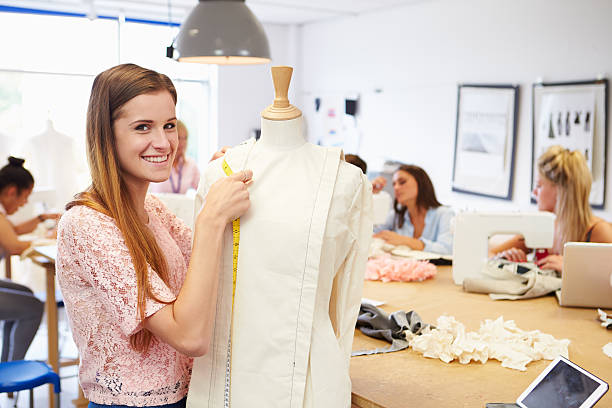Everything You Need to Know About an Interior Designing Course
Everything You Need to Know About an Interior Designing Course
Blog Article
Interior designing is no longer just about picking the right paint or choosing trendy furniture. Today, it's a booming profession that blends creativity with functionality, aesthetics with practicality, and innovation with structure. Whether you dream of transforming homes, offices, hotels, or commercial spaces, an interior designing course is your first step toward a dynamic and fulfilling career.

If you're curious about what it takes to become an interior designer or wondering whether an interior designing course is the right path for you, this complete guide covers everything — from course types and curriculum to career options and future scope.
What Is Interior Designing?
Interior designing is the art and science of enhancing the interiors of a space to make it more functional, aesthetically pleasing, and comfortable for the people using it. It involves space planning, lighting design, color theory, material selection, furniture arrangement, and software-based visualization.
Interior designers collaborate with architects, engineers, and clients to transform visions into physical, livable spaces. Whether you're designing a cozy apartment or a five-star hotel, the goal remains the same: to create harmonious, purposeful environments.
Types of Interior Designing Courses
There are various interior designing courses available, tailored to different educational backgrounds, timeframes, and career goals.
1. Diploma in Interior Designing
Duration: 6 months to 1 year
Ideal for: Quick learners, working professionals, and career switchers
Focus: Practical skills, software training, and design principles
2. Undergraduate Degree (B.Sc / B.Des in Interior Design)
Duration: 3 to 4 years
Ideal for: Students after 12th standard looking for a professional career path
Focus: In-depth study of design theory, space planning, architecture, and software
3. Postgraduate Degree (M.Sc / M.Des in Interior Design)
Duration: 1 to 2 years
Ideal for: Graduates from any design or architecture background
Focus: Specialization, research-based design, project management
4. Certificate Courses (Short-Term)
Duration: 3 to 6 months
Ideal for: Hobbyists or those seeking additional skills
Focus: Specific areas like Vastu, CAD, lighting, furniture design
Eligibility Criteria
The eligibility depends on the level of the course:
Diploma/Certificate Courses: Typically require 10th or 12th pass
Undergraduate Degree (B.Des/B.Sc): Requires 10+2 with minimum 50% marks (some institutes conduct entrance exams or interviews)
Postgraduate Degree (M.Des/M.Sc): Bachelor’s degree in design, architecture, fine arts, or related fields
What You'll Learn in an Interior Designing Course
A comprehensive interior design course blends theoretical knowledge with hands-on application. Here’s what you’ll typically study:
1. Design Principles & Elements
Learn the core concepts like balance, rhythm, contrast, harmony, proportion, and scale that make up good design.
2. Space Planning
Understand how to arrange furniture, walls, and functional zones to maximize space and movement.
3. Color Theory & Lighting
Discover how to use colors, textures, and lighting to influence mood, perception, and usability of spaces.
4. Materials and Finishes
Explore various materials like wood, marble, steel, fabrics, tiles, and eco-friendly alternatives for interiors.
5. Furniture Design
Learn about furniture types, ergonomics, styles, and layout integration.
6. AutoCAD & 3D Design Software
Master digital tools like:
AutoCAD (for drafting and floor plans)
SketchUp (3D modeling)
Revit (BIM-based design)
Photoshop or Canva (mood boards and presentations)
7. History of Interior Design
Study historical periods and iconic styles like Art Deco, Scandinavian, Victorian, Modernist, and Minimalist.
8. Construction Basics
Get introduced to civil construction techniques, measurements, building codes, and site analysis.
9. Portfolio Development
Build a professional portfolio with real-life projects, sketches, digital drawings, and concept boards.